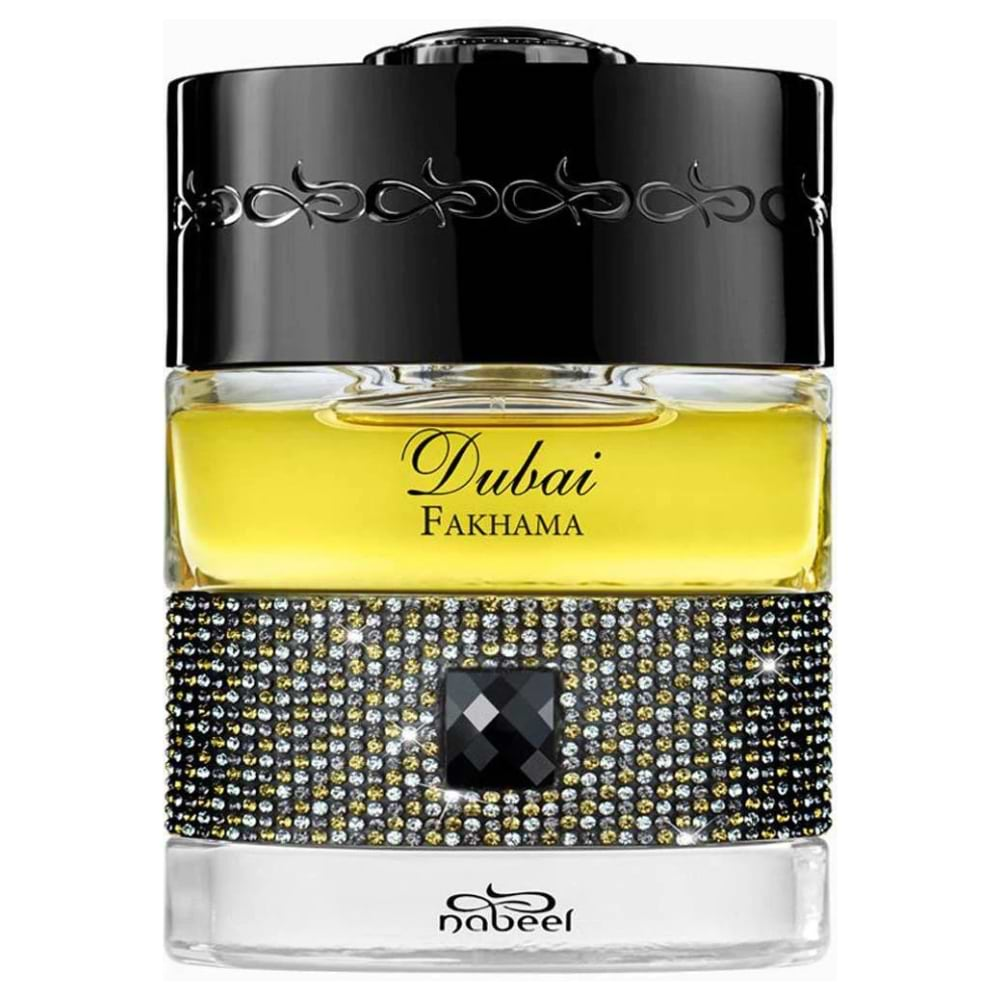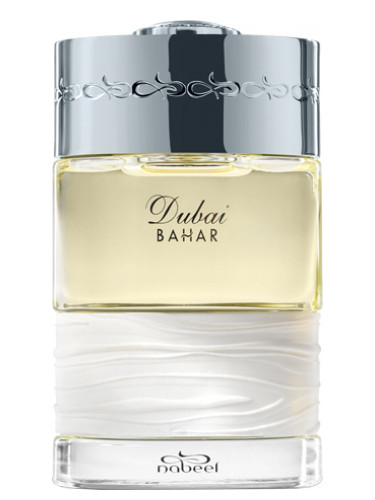Why Dubai Perfumes Are the Ultimate Selection for Aroma Fanatics
Why Dubai Perfumes Are the Ultimate Selection for Aroma Fanatics
Blog Article
Experience the Rich, Exotic Fragrances of Dubai Perfumes
The perfumes of Dubai stand for an one-of-a-kind convergence of practice and modernity, where the renowned essence of oud offers as a foundation for a varied array of scents. Each artisanal creation not just captivates the detects but additionally narrates an abundant cultural heritage, drawing from classic strategies and indigenous active ingredients.
The Essence of Oud
Oud, typically referred to as "liquid gold," is an aromatic material originated from the heartwood of the Aquilaria tree, which is indigenous to Southeast Asia and the Middle East. This splendid substance forms when the tree goes through a fungal infection, motivating it to produce a dark, fragrant material as a defense system. The resulting oud is very valued for its abundant, complicated aroma profile that can range from wonderful and woody to smoky and balsamic, making it a keystone of Middle Eastern perfumery.
Oud has a long-standing cultural significance, typically made use of in conventional events and as a symbol of high-end and class. Its attraction is not only due to its distinct scent but also its rarity; top quality oud can regulate astonishing costs in the international market. The removal process is labor-intensive, with sustainability issues developing from overharvesting of Aquilaria trees.
In modern-day perfumery, oud has actually transcended its typical boundaries, inspiring a new wave of fragrances that integrate its unique notes. Consequently, it has actually become a vital component for both specific niche and mainstream fragrance homes, mesmerizing a varied target market worldwide.
Typical Attars Clarified
Fragrances crafted in the Center East often encompass an abundant practice that expands beyond modern synthetic scents. Typical attars, or all-natural fragrances, are indispensable to this heritage. These focused fragrance oils are derived from botanical sources, such as flowers, herbs, and spices, commonly with techniques like steam purification or enfleurage. Unlike standard fragrances that mainly include synthetic substances, attars commemorate the purity of nature, providing a deepness of fragrance that advances uniquely on the skin.
Attars are generally alcohol-free, making them ideal for different social practices and preferences. They are known for their long life and splendor, typically lasting for hours or also days after application (Dubai Perfumes). Common active ingredients include sandalwood, climbed, jasmine, and amber, each contributing distinct notes that integrate perfectly in each mix

Artisanal Workmanship in Perfumery
The art of crafting fragrances is a precise process that requires not just imagination however also a deep understanding of scent composition. In Dubai, this artisanal workmanship draws on centuries of practice, where competent perfumers, called "mukhalliq," mix their expertise with an inherent sense of fragrance. Each perfume is a special creation, mirroring the artisan's vision and the area's rich social heritage.
Artisans begin their job by selecting high-quality basic materials, often sourced locally and internationally. The careful selection process guarantees that each component adds to the scent's complexity and depth. Methods gave through generations, such as maceration and distillation, are used to draw out the significance of these materials, allowing the perfumer to catch their real character.
Moreover, the mixing procedure is an art by itself. It involves not only the exact mix of notes yet likewise the capacity to stabilize nuances and great site toughness, producing an visit the site unified scent account - Dubai Perfumes. The end product is a testimony to the artisan's ability and dedication, resulting in perfumes that are not merely items yet expressive experiences that tell a story of their origin and craftsmanship
Special Ingredients of Dubai Fragrances
Crafted with a remarkable mix of creativity and custom, Dubai scents are differentiated by their special ingredients, a lot of which are deeply rooted in the region's history and society. Central to these aromas is oud, a resinous timber from the Aquilaria tree, renowned for its rich, complex aroma. Considered a luxury, oud is typically mixed with various other components to create deepness and class.
An additional staple is amber, valued for its warm, sweet notes that stimulate a feeling of convenience. It's frequently integrated with spices like saffron and cardamom, adding an exotic panache that mirrors the lively markets of Dubai. Floral notes, such as rose and jasmine, also play a significant duty, instilling the perfumes with a fresh, fragile essence that balances the larger base notes.
In addition, natural oils stemmed from fruits and natural herbs, such as bergamot and basil, add to the overall profile, boosting the fragrances with bright and stimulating undertones. These active ingredients, chosen for their quality and social importance, make certain that Dubai fragrances are not just scents yet stand for a rich tapestry of practice and sensory experience.

Cultural Relevance of Dubai Perfumes
Personifying an abundant social heritage, Dubai fragrances offer not only as personal adornments however likewise as signs of identity and tradition. In a region where scent plays a critical role in life and social communications, these scents show the values and custom-mades of Emirati society. Typically, the art of perfumery has actually been an adored craft, gave with generations, and deeply intertwined with the region's history.
Perfumes hold considerable value during special celebrations such as weddings, spiritual celebrations, and cultural gatherings. The act click this of gifting scents is a typical method, demonstrating regard and affection among friends and family. The distinctive fragrances commonly evoke memories of heritage, linking individuals to their origins and communal origins.
Furthermore, Dubai's fragrances are emblematic of the blend in between old customs and modernity. As the city becomes a global center for commerce and tourist, the fragrance market has developed, blending typical components with modern techniques. Hence, Dubai perfumes not only represent the essence of the region's social identity yet also envelop its vibrant spirit, making them a source of satisfaction for citizens and a curiosity for visitors.
Conclusion
In final thought, Dubai fragrances encapsulate an abundant tapestry of social heritage and artisanal craftsmanship. The unified blend of oud, flower, and spicy notes produces a distinct olfactory experience that goes beyond mere scent, signifying identification and custom. Each aroma functions as a story, mirroring the region's history and values. The distinct components and typical attars add to the attraction of these fragrances, solidifying their importance in both international and local contexts.
The perfumes of Dubai represent an one-of-a-kind confluence of custom and modernity, where the distinguished essence of oud serves as a structure for a varied range of fragrances.Fragrances crafted in the Center East often encompass a rich practice that expands past modern-day artificial scents. These scents are typically stored in ornate containers, mirroring the social value and aesthetic value of the perfume itself.The art of crafting perfumes is a meticulous procedure that calls for not just creative thinking yet likewise a deep understanding of fragrance composition.Embodying a rich cultural heritage, Dubai perfumes offer not just as personal adornments but likewise as signs of identity and practice.
Report this page